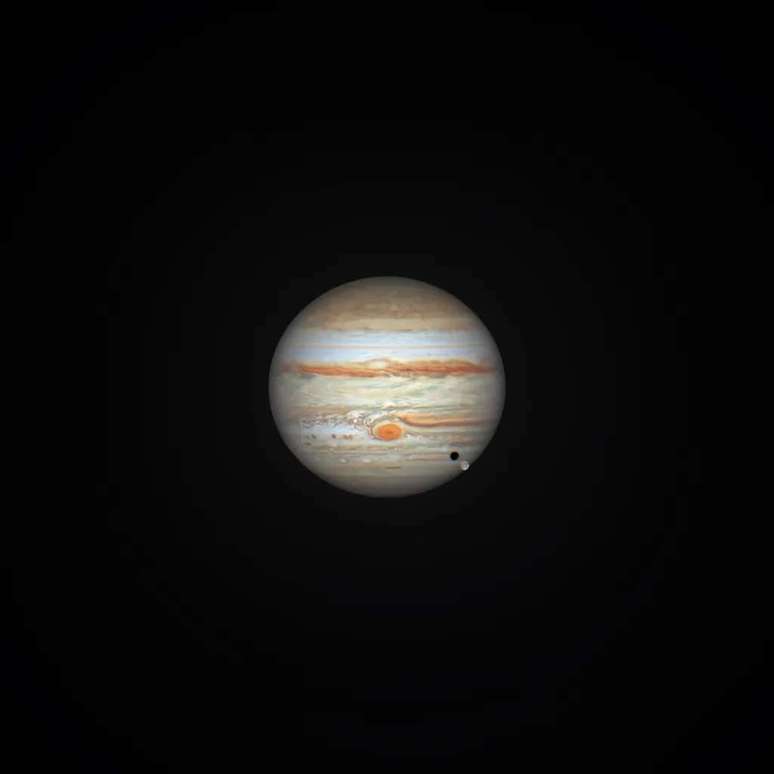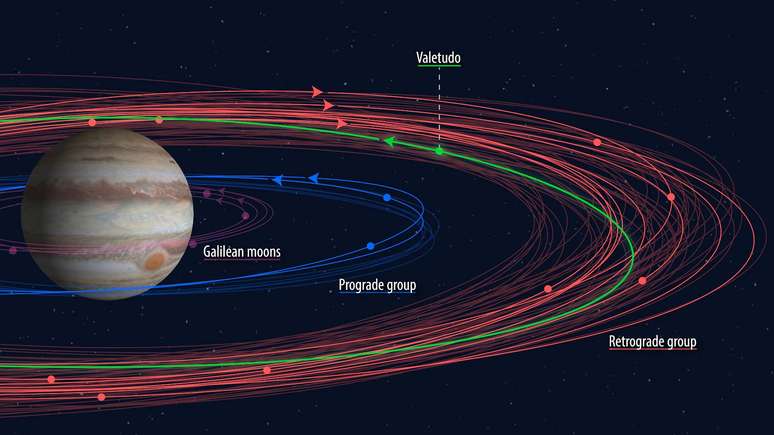The discoveries bring the list of moons to 92, up 15% from the previous count of 80.
Our largest planet Solar system, Jupiterit now has the largest family of natural satellites since Saturn. As of Dec. 20, the Minor Planet Center (MPC) released the orbits of 12 of the gas giant’s moons that hadn’t been disclosed.
The discoveries bring the list of moons to 92, a whopping 15% increase from the previous count of 80.
According to Scott Sheppard, Carnegie Institute for Science, in the United States, who recently presented the observations of the Jovian system made between 2021 and 2022, further publications are expected from the scientific community.
Other data from Sheppard’s observations even allowed the recovery of the last “lost” Jovian moon, S/2003 J 10; the most recent observations have extended the trajectory of its orbit to 18 years.
Jupiter has surpassed Saturn, but…
The previous rank of the planet with the highest moons it came from Saturn, with 83 confirmed natural satellites. However, the researchers note that although Jupiter may have more for now, Saturn may still catch up.
Searches for objects about three kilometers in diameter, moving close to these planets, show that these “moons” are three times closer to Saturn than to Jupiter.
These objects could have come from a collision that ‘cracked’ a larger moon a few hundred million years ago, scientists say. According to them, the fragments have not yet been traced and observed carefully enough to understand how moons.
“If we could count all the moons measuring at least three kilometers in diameter, Saturn would have more moons than the rest of the Solar System,” Brett Gladman of the University of British Columbia (Canada) explained in a statement. but he was not involved in the Jovian observations.

new moons
The research indicated that all of the newly discovered moons are small and distant, taking more than 340 days to orbit Jupiter, unlike Ganymedewhich proudly bears the title of the largest natural satellite on the planet and also the largest moon in the world. Solar system.
Three of them are among 13 others that orbit prograde (in the same direction as a certain reference motion; in this case, Jupiter) and fall between the nearby large Galilean moons and the distant retrograde ones. These progressive moons are believed to have formed right where they are.
They’re harder to find than more distant retrograde moons, Sheppard says.
“The reason is that they are closer to Jupiter and the light scattered by the planet is tremendous,” he explains. That light darkens them in the sky. Five were found before 2000, and only eight more have been discovered since.
Three missions are underway to the Jupiter system: the European Space Agency’s (ESA) Jupiter Icy Moon Explorer (Juice), scheduled to launch in April; the Europe Clipper NASA, which is scheduled for release by the end of next year; and a Chinese mission planned in the 1930s.
Source: Terra
Rose James is a Gossipify movie and series reviewer known for her in-depth analysis and unique perspective on the latest releases. With a background in film studies, she provides engaging and informative reviews, and keeps readers up to date with industry trends and emerging talents.








